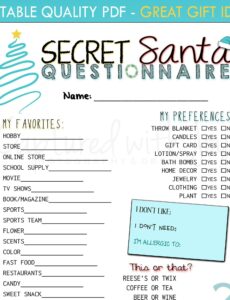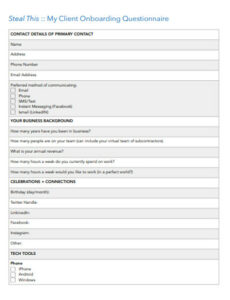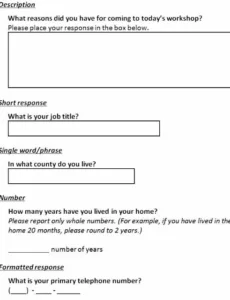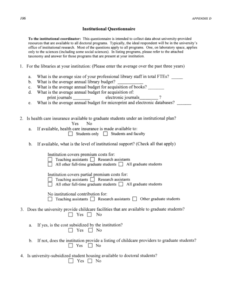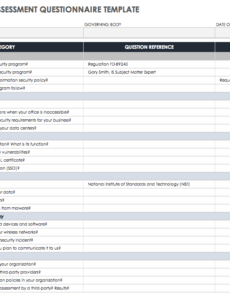Understanding what your customers truly think and feel about your products or services is not just a good idea; it’s absolutely essential for sustainable growth. Their insights are golden, providing a direct pipeline to improving what you offer and how you offer it. But how do you capture these invaluable opinions effectively and consistently?
This is where a well-designed customer feedback questionnaire template comes into play. It provides a structured, systematic way to gather actionable data, moving beyond anecdotal evidence to informed decision-making. Imagine having a clear roadmap derived directly from the people who matter most – your customers.
Why a Stellar Customer Feedback Questionnaire Template Matters
In today’s competitive landscape, businesses thrive not just on innovation, but on deep customer understanding. When you truly listen to your audience, you uncover pain points you didn’t know existed, discover unmet needs, and identify opportunities for improvement that can set you apart. A robust customer feedback questionnaire template acts as your dedicated ear to the ground, allowing you to systematically collect these critical insights.
Think about it: every piece of feedback, whether positive or negative, is a chance to refine your offerings, enhance user experience, and ultimately, build stronger relationships. Without a standardized approach, feedback can be fragmented, difficult to analyze, and even more challenging to act upon. A well-structured template ensures you’re asking the right questions, consistently, across all your customer interactions.
The benefits of utilizing a carefully crafted template extend far beyond just collecting data. It transforms raw opinions into structured, actionable intelligence. It helps your team identify trends, benchmark performance, and make data-driven decisions that lead to tangible improvements in customer satisfaction and loyalty. In essence, it turns feedback into a powerful engine for business evolution.
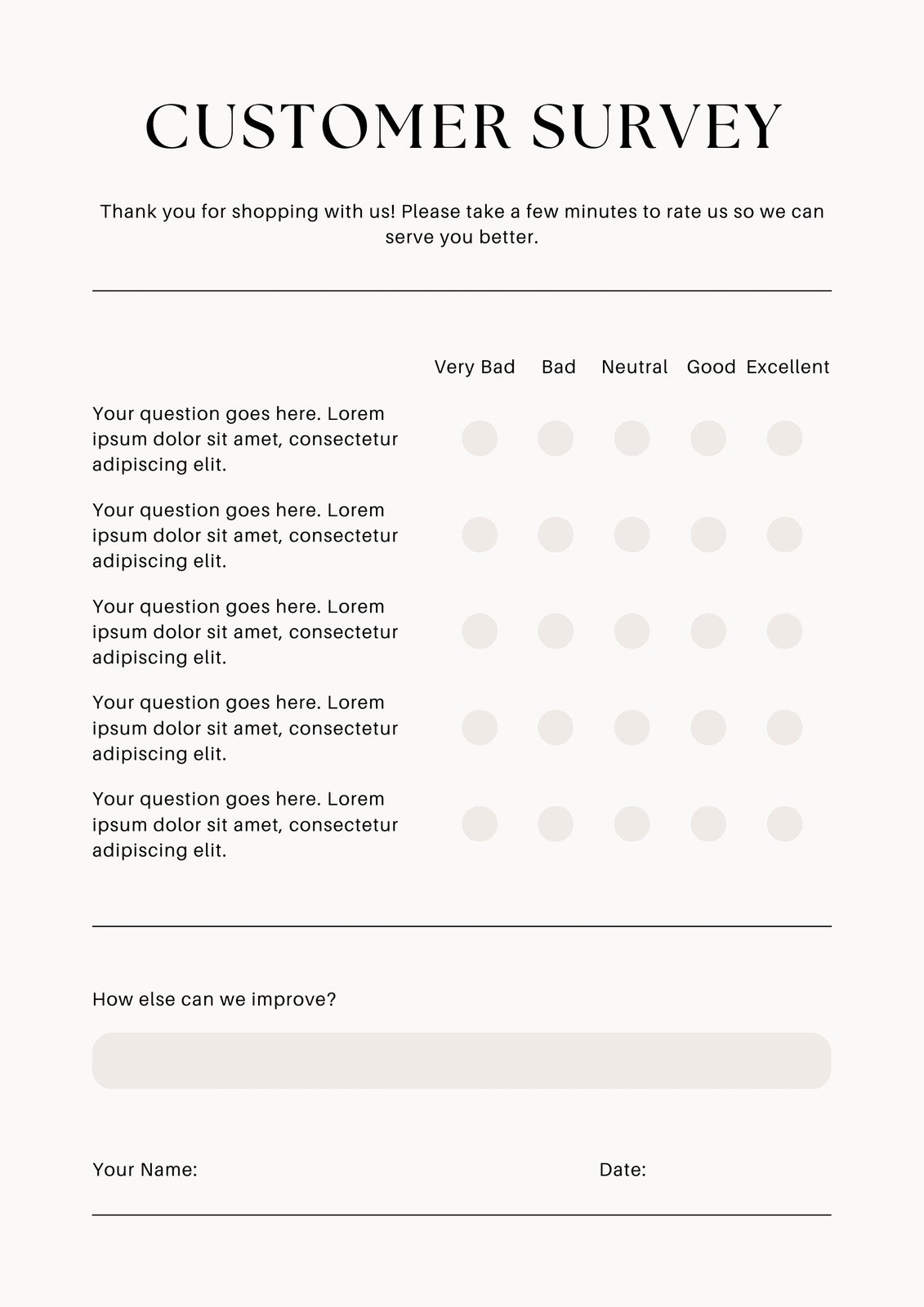
A comprehensive customer feedback questionnaire template is more than just a list of questions; it’s a strategic tool. It helps you monitor the pulse of your customer base, anticipate their needs, and proactively address potential issues before they escalate. This proactive approach not only improves your products and services but also significantly boosts customer retention and advocacy.
Key Benefits of Using a Standardized Template
- Consistent Data Collection: Ensures you gather the same type of information from all respondents, making comparisons and analysis much easier.
- Time Efficiency: Saves time in designing new questionnaires for every campaign or interaction.
- Improved Response Rates: Well-designed templates are typically clear, concise, and easy to complete, encouraging more customers to share their thoughts.
- Actionable Insights: Facilitates the identification of trends and patterns, leading to more informed business decisions.
- Enhanced Customer Experience: Shows customers that their opinions are valued and that you are committed to continuous improvement.
- Benchmarking: Allows you to track changes in customer sentiment over time and benchmark your performance against previous periods or industry standards.
Crafting Your Ideal Customer Feedback Questionnaire Template
Designing an effective customer feedback questionnaire template isn’t just about throwing questions together; it’s about strategic thinking. Before you even type your first question, consider what specific insights you aim to gain. Are you looking to improve a product, assess customer service, understand brand perception, or gauge overall satisfaction? Your objective will dictate the types of questions you ask and how you phrase them. A clear goal ensures that every question serves a purpose and contributes to actionable data.
Once your objectives are clear, think about the different question formats you can employ. Rating scales (e.g., 1-5, or Likert scales for agreement/disagreement) are excellent for quantitative data, allowing you to easily measure satisfaction levels or product performance across a large sample. Multiple-choice questions are great for categorizing responses and making analysis straightforward. However, don’t shy away from open-ended questions. These qualitative questions, while harder to analyze statistically, provide rich, nuanced insights that can reveal unexpected opportunities or pain points.
When writing your questions, clarity is paramount. Avoid jargon, keep sentences short, and ensure each question focuses on only one concept. A “double-barreled” question (asking about two different things at once) can confuse respondents and yield unclear data. For instance, instead of “Was our product easy to use and helpful?”, ask “Was our product easy to use?” and “Was our product helpful?” as separate questions. Neutral phrasing is also critical to avoid leading your customers towards a particular answer.
Finally, consider the overall user experience of your customer feedback questionnaire template. Keep it concise; respect your customers’ time by only including essential questions. A lengthy questionnaire can lead to survey fatigue and drop-offs. Test your template internally before launching it to catch any confusing questions or technical glitches. And think about how you’ll distribute it – whether through email, on your website, or via a pop-up. Making it easy for customers to provide feedback is just as important as the questions themselves.
Collecting and understanding customer feedback is a cornerstone of business success. It allows you to continuously adapt and refine your offerings, ensuring they remain relevant and valuable to your target audience. By making feedback a regular part of your operations, you build a stronger, more resilient business that truly understands its customers.
Ultimately, a well-designed questionnaire is an investment in your company’s future. It empowers you to transform customer voices into actionable strategies, driving innovation and fostering deeper connections. Embrace the power of feedback, and watch your business flourish.
